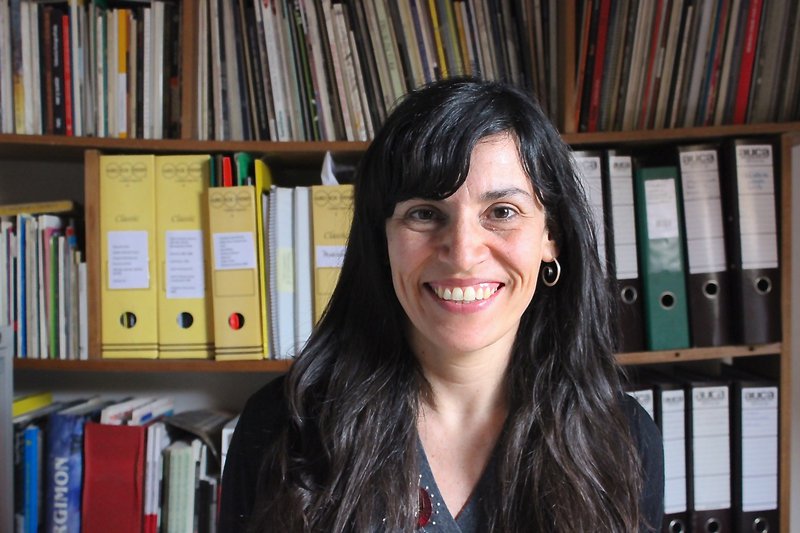Caroll Yasky

“Take me on a trip, I don’t want to go…” whispered repeatedly the poet Cyril Wong, on the roof top of the National Gallery of Singapore during his public performance “Things to Bring on a Boat to Nowhere and Everywhere”, presented at the end of the first day of CIMAM’s Conference while in the background a stunning sunset fell over the city sky line, with Marina Bay Sands building imposing itself as a certain protagonist. Wong’s poetic performance also repeated the words “nowhere and everywhere”, “the city, the oceans, the boat”. Suddenly for me, the contrast between this very intimate poetic performance and the over-illuminated landscape that surrounded us expressed a metaphoric claim; a possible and maybe unheard dialogue of public and artistic resistance to the outstanding urban development that this city has gone through in the last decades. What is the opinion of the people who live in Singapore about these changes? Has it been considered? How was this city before and where can we find these answers? What defines Singapore’s identity, its singularity?
All of the questions stated above are related to the topic of discussion proposed for this year’s CIMAM’s conference that entitles this text, the first I attended in a country very distant from Chile, geographically and culturally. Behind this participation my interest, as a representative of Museo de la Solidaridad Salvador Allende (MSSA), was to meet colleagues from other regions, share our museum’s peculiar history and experience, and to encourage other researchers, curators and institutions to join us in our collaborative endeavor in order to reconstruct and reread it from a contemporary perspective.
In this sense, it was meaningful to meet the director of Museum Sztuki in Lódz, as well as Moderna Museet’s co-director and therefore reestablish relationships with these institutions that were key collaborators with our museum during the exile years in the 1970’s, as well as sharing daily conversations with museum workers from various backgrounds during lunch, coffee breaks and the great afternoon journeys we had to cultural venues.
I would like to acknowledge that three speakers where specially appealing for me: Nikos Papastergiadis, who very sharply defined today’s common fears and anxieties when he pointed out that “crisis is today a way of living”, a present state that has lost its temporal status and with which we have to work with; the Post-Museum, that exposed a very fresh and straight through local perspective presenting the Bukit Brown Project, an activist, utopian task motivated and developed along with the Singaporean community as a proactive resistance scheme based on memory; and Donna De Salvo’s presentation about Whitney Museum’s experience on rethinking its collection definition for “America is hard to see”, in collaboration with visiting curators.
For us in Museo de la Solidaridad Salvador Allende, to contribute and help society recover confidence on one another and reestablish a sense of community is a present challenge that we approach through different museum practices. The crucial question is: How to begin a relationship with someone that does not want to participate, someone who is no longer connecting with others? Although many views about this issue where exposed during the conference I believe it was not fully addressed from the people’s perspective in the panel discussions. Maybe the participation of representatives from civilian groups directly related to some case studies presented during the conference could have enriched the discussion. Nevertheless, this question is difficult to tackle and finding the answer is part of what we do in museums.